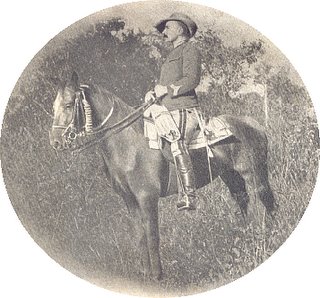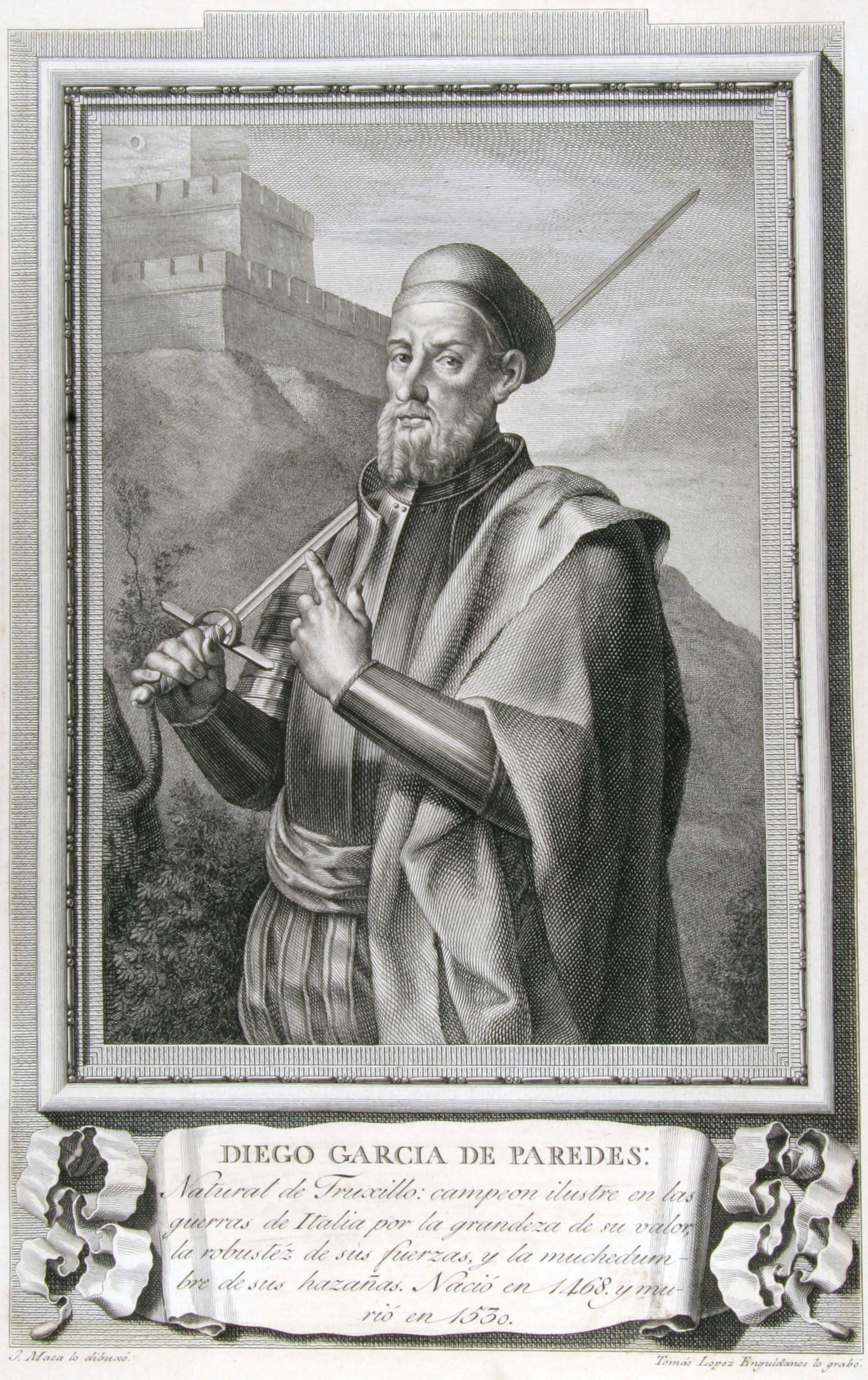|
Batalha Municipality, Portugal
Batalha () is a town and a municipality in Leiria District, Pinhal Litoral Subregion, Centro Region, Portugal. The town's name means "battle". The municipality population in 2011 was 15,805, in an area of . The town proper has around 8,548 inhabitants in an area of . The municipality is limited to the North and West by the municipality of Leiria, to the East by Ourém, to the Southeast by Alcanena and to the Southwest by Porto de Mós. The town was founded by King D. João I of Portugal, jointly with the Monastery of Santa Maria da Vitória na Batalha, to pay homage to the Portuguese victory at the Battle of Aljubarrota (August 14, 1385) that put an end to the 1383–1385 Crisis. History Although there are countless traces throughout the region that allude to a human occupation since prehistoric times, passing through the Roman period and, successively, throughout history (it is believed that the Roman settlement of Collipo, originally of the Turduli people, established in ... [...More Info...] [...Related Items...] OR: [Wikipedia] [Google] [Baidu] |
Centro Region, Portugal
The Central Region ( pt, Região do Centro, ) or Central Portugal is one of the NUTS statistical regions of Portugal, statistical regions of Portugal. The cities with major administrative status inside this region are Coimbra, Aveiro, Portugal, Aveiro, Viseu, Caldas da Rainha, Leiria, Castelo Branco, Portugal, Castelo Branco, Covilhã, Torres Vedras and Guarda, Portugal, Guarda. It is one of the seven Regions of Portugal (Nomenclature of Territorial Units for Statistics, NUTS II subdivisions). It is also one of the regions of Europe, as given by the European Union for statistical and Geography, geographical purposes. Its area totals . As of 2011, its population totalled 2,327,026 inhabitants, with a population density of 82 inhabitants per square kilometre. History Inhabited by the Lusitanians, an Proto-Indo-Europeans, Indo-European people living in the western Iberian Peninsula, the Roman Republic, Romans settled in the region and colonized it as a part of the Roman Province of ... [...More Info...] [...Related Items...] OR: [Wikipedia] [Google] [Baidu] |
Collipo
Batalha (Portuguese for battle) may refer to: ;Portugal *Batalha, Portugal, a municipality *Batalha Monastery (officially Mosteiro Santa Maria da Vitória), monastery in Batalha, Portugal *Batalha Square, a historical public square in the city of Porto ;Brazil *Batalha, Alagoas, municipality in Alagoas, Brazil (15,000 inhabitants) *Batalha, Piauí, municipality in Piauí, Brazil *Batalha River, river in São Paulo ;People *José Lodi Batalha, Brazilian footballer *Martha Batalha, Brazilian journalist *Rui Batalha Rui Pedro Reis Batalha (born 29 June 1996 in Santo Isidoro, Mafra) is a Portuguese footballer who plays for Real S.C. as a forward. Football career On 21 January 2015, Batalha made his professional debut with Gil Vicente in a 2014–15 Taça ..., Portuguese footballer {{disambiguation, surname, geodis Portuguese-language surnames ... [...More Info...] [...Related Items...] OR: [Wikipedia] [Google] [Baidu] |
Joaquim Augusto Mouzinho De Albuquerque
Joaquim Augusto Mouzinho de Albuquerque (12 November 1855 – 8 January 1902) was a Portuguese cavalry officer. He captured Gungunhana in Chaimite (1895) and was governor-general of Mozambique. He was a grandson of Luís da Silva Mouzinho de Albuquerque. Mouzinho de Albuquerque was born in Batalha, and died in Lisbon. Career Having served in India during the 1880s, Mouzinho de Albuquerque was highly respected in Portuguese society of the 19th and 20th centuries. He was seen as the hope and symbol of Portuguese reaction to threats against Portuguese interests in Africa Africa is the world's second-largest and second-most populous continent, after Asia in both cases. At about 30.3 million km2 (11.7 million square miles) including adjacent islands, it covers 6% of Earth's total surface area ... from other European empires. He married his cousin Maria José Mascarenhas de Mendonça Gaivão ( Lagoa, 23 July 1857 –Lisbon, 2 September 1950), without i ... [...More Info...] [...Related Items...] OR: [Wikipedia] [Google] [Baidu] |
Joinville-le-Pont
Joinville-le-Pont () is a commune in the southeastern suburbs of Paris, France. It is located from the center of Paris. History The commune was created in 1791 under the name La Branche-du-Pont-de-Saint-Maur (literally "The Branch of Saint-Maur's Bridge") by detaching its territory from the commune of Saint-Maur-des-Fossés. The commune was renamed Joinville-le-Pont (literally "Joinville the Bridge") on 29 August 1831. Under Louis-Philippe of France, the Redoute de Gravelle was built in the commune. In 1929, the commune of Joinville-le-Pont lost more than a third of its territory when the city of Paris annexed the Bois de Vincennes, a part of which belonged to Joinville-le-Pont. Geography Climate Joinville-le-Pont has a oceanic climate (Köppen climate classification ''Cfb''). The average annual temperature in Joinville-le-Pont is . The average annual rainfall is with December as the wettest month. The temperatures are highest on average in July, at around , and lowest in J ... [...More Info...] [...Related Items...] OR: [Wikipedia] [Google] [Baidu] |
Trujillo, Cáceres
Trujillo is a municipality located in Extremadura, an autonomous community of Spain in the Province of Cáceres. In 2013, the municipality had 9,086 inhabitants (INE Census, 2013). Originally settled on a granite knoll which was readily fortified, the town now extends to the southeast of its original site. Trujillo is both a centre for tourism, with over 25 hotels, and a regional market town. The old town contains many medieval and renaissance buildings. It hosts the national cheese festival in early May. History Trujillo was settled on a granite batholith during Prehistoric times. In Roman times, the town was known as ''Turgalium'' and became a prefecture stipendiary of the Lusitanian capital, Emerita Augusta (today's Mérida, Spain, Mérida). Later, it was colonised by East Germanic tribes (mainly Visigoths), although the prevalence of the population would still have been Hispano-Roman. Following the Umayyad conquest of Hispania, Islamic conquest after 711, Trujillo became ... [...More Info...] [...Related Items...] OR: [Wikipedia] [Google] [Baidu] |
Twin Towns And Sister Cities
A sister city or a twin town relationship is a form of legal or social agreement between two geographically and politically distinct localities for the purpose of promoting cultural and commercial ties. While there are early examples of international links between municipalities akin to what are known as sister cities or twin towns today dating back to the 9th century, the modern concept was first established and adopted worldwide during World War II. Origins of the modern concept The modern concept of town twinning has its roots in the Second World War. More specifically, it was inspired by the bombing of Coventry on 14 November 1940, known as the Coventry Blitz. First conceived by the then Mayor of Coventry, Alfred Robert Grindlay, culminating in his renowned telegram to the people of Stalingrad (now Volgograd) in 1942, the idea emerged as a way of establishing solidarity links between cities in allied countries that went through similar devastating events. The comradeship ... [...More Info...] [...Related Items...] OR: [Wikipedia] [Google] [Baidu] |
São Mamede (Batalha)
São Mamede is a civil parish in the municipality of Batalha, part of the Central Region and the Região de Leiria intermunicipal community of Portugal. It had a population of 3,560 in 2011 in an area of . History The civil parish was created on 15 June 1916 by dismemberment of the parish of Reguengo do Fetal by law of president Bernardino Machado. Geography São Mamede is located 15 km east of the municipality seat, facing the municipalities of Leiria, Porto de Mós, Ourém and the parish of Reguengo do Fetal ( Batalha), and has an approximate area of . Geology The parish is located on the São Mamede Plateau, a large compact limestone mass part of the Estremadura Limestone Massif and the Serras de Aire e Candeeiros Natural Park. This massif gives the parish a Karst topography, characterized by steep slope valleys, sinkholes, uvalas, pit caves and other multiple caves. The caves of São Mamede are not only strong tourist attractions, but also constitute a historical and pat ... [...More Info...] [...Related Items...] OR: [Wikipedia] [Google] [Baidu] |
Freguesia (Portugal)
''Freguesia'' (), usually translated as "parish" or "civil parish", is the third-level administrative subdivision of Portugal, as defined by the 1976 Constitution. It is also the designation for local government jurisdictions in the former Portuguese overseas territories of Cape Verde and Macau (until 2001). In the past, was also an administrative division of the other Portuguese overseas territories. The ''parroquia'' in the Spanish autonomous communities of Galicia and Asturias is similar to a ''freguesia''. A ''freguesia'' is a subdivision of a ''município'' (municipality). Most often, a parish takes the name of its seat, which is usually the most important (or the single) human agglomeration within its area, which can be a neighbourhood or city district, a group of hamlets, a village, a town or an entire city. In cases where the seat is itself divided into more than one parish, each one takes the name of a landmark within its area or of the patron saint from the usually cot ... [...More Info...] [...Related Items...] OR: [Wikipedia] [Google] [Baidu] |
Estremadura Limestone Massif
The Estremadura Limestone Massif (Portuguese: ) is a massif located in central west Portugal. Approximately half of the massif is located within the Serras de Aire e Candeeiros Natural Park. The massif has an elongated NE-SW direction and englobes the municipalities of Batalha and Ourém in the north and northeast; Torres Novas and Alcanena in the east and southeast; Rio Maior Rio Maior () is a municipality in the Santarém District in Portugal. The population in 2011 was 21,192, in an area of 272.76 km². The present mayor is Isaura Morais of the Social Democratic Party (PSD), the first woman to be elected mayor ... in the south; and Alcobaça in the west. References Geologic formations of Portugal {{Santarém-geo-stub ... [...More Info...] [...Related Items...] OR: [Wikipedia] [Google] [Baidu] |
Batalha, Portugal
Batalha () is a town and a municipality in Leiria District, Pinhal Litoral Subregion, Centro Region, Portugal. The town's name means "battle". The municipality population in 2011 was 15,805, in an area of . The town proper has around 8,548 inhabitants in an area of . The municipality is limited to the North and West by the municipality of Leiria, to the East by Ourém, to the Southeast by Alcanena and to the Southwest by Porto de Mós. The town was founded by King D. João I of Portugal, jointly with the Monastery of Santa Maria da Vitória na Batalha, to pay homage to the Portuguese victory at the Battle of Aljubarrota (August 14, 1385) that put an end to the 1383–1385 Crisis. History Although there are countless traces throughout the region that allude to a human occupation since prehistoric times, passing through the Roman period and, successively, throughout history (it is believed that the Roman settlement of Collipo, originally of the Turduli people, established in São ... [...More Info...] [...Related Items...] OR: [Wikipedia] [Google] [Baidu] |




.jpg)
.jpg)
